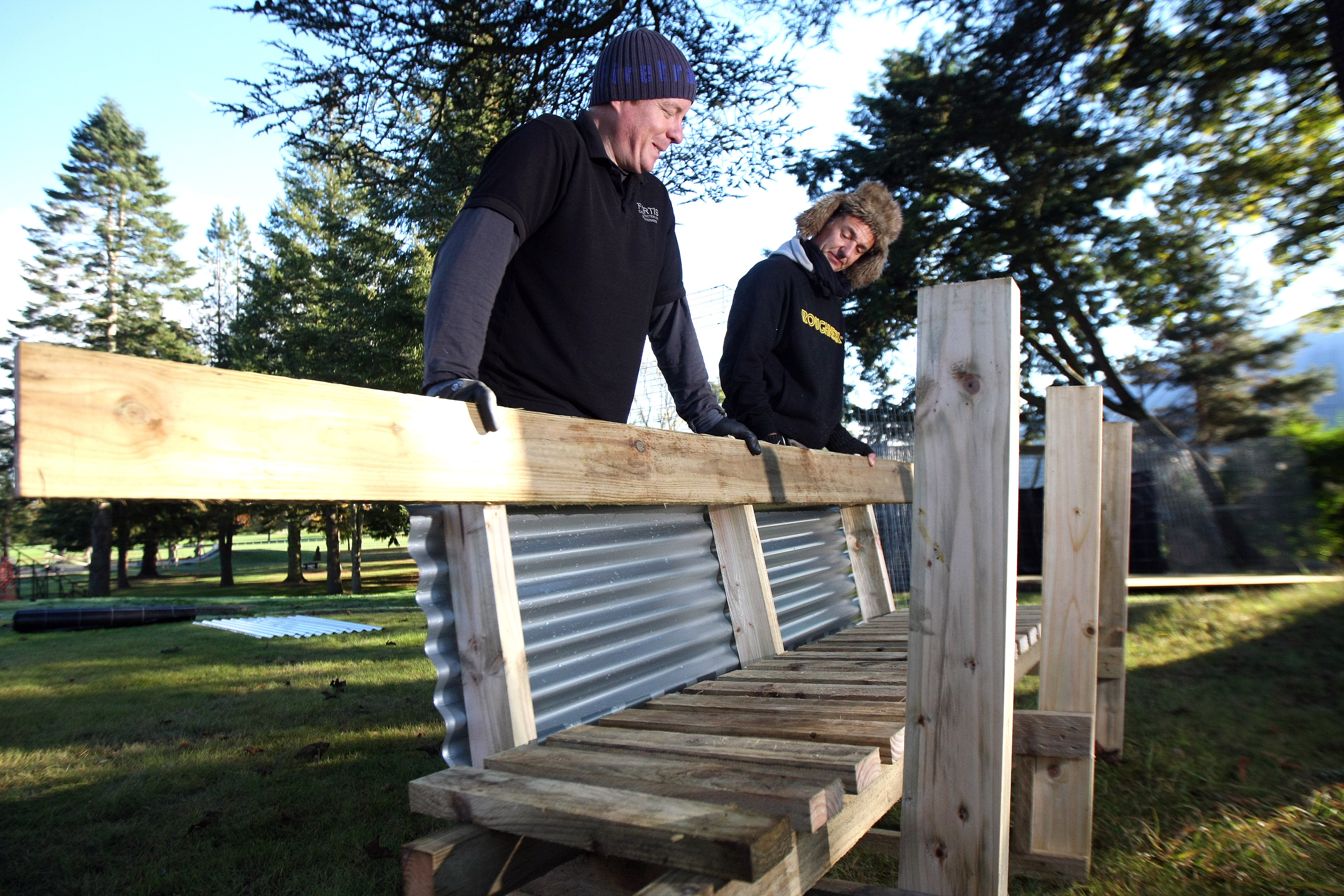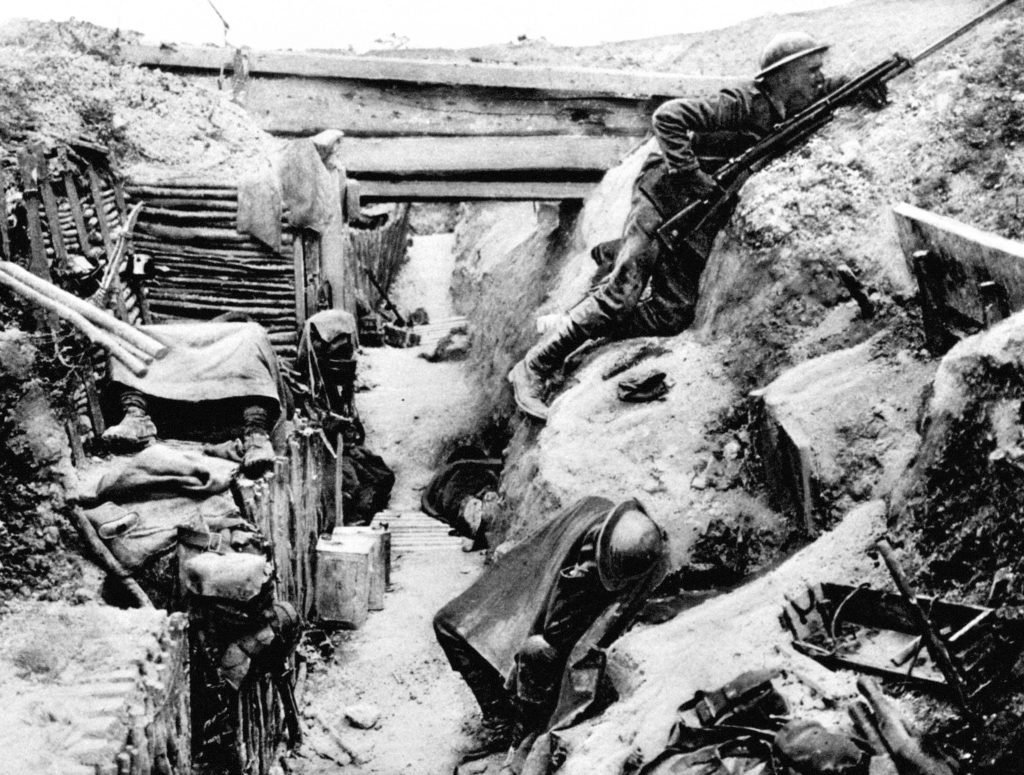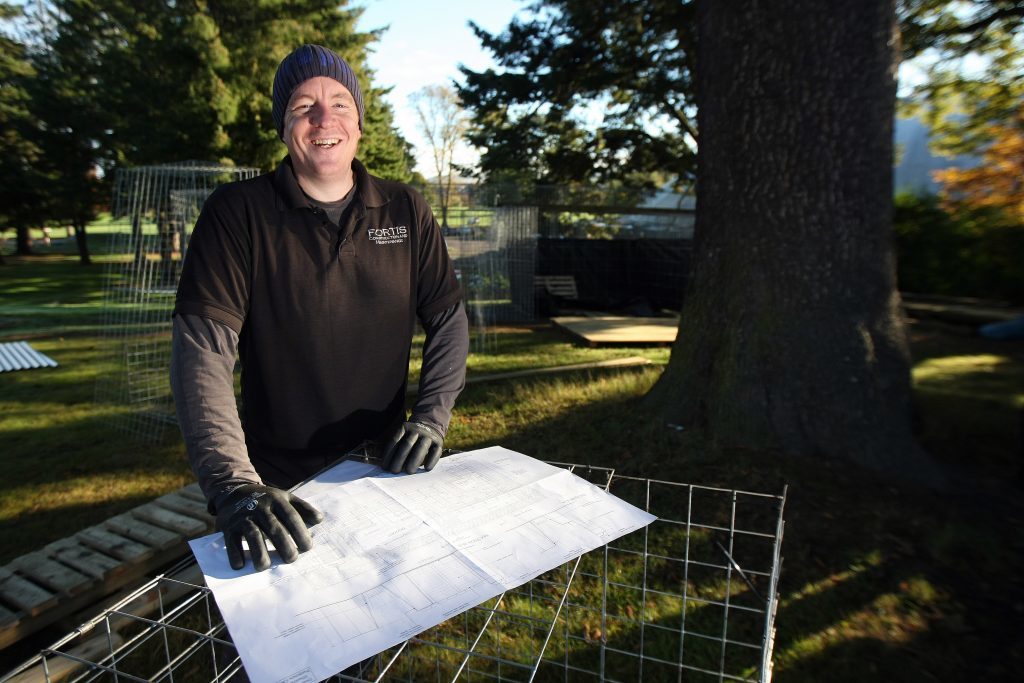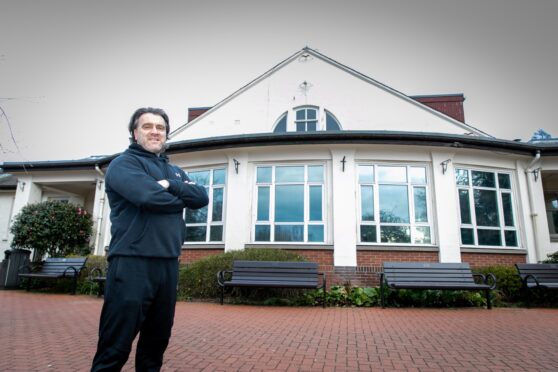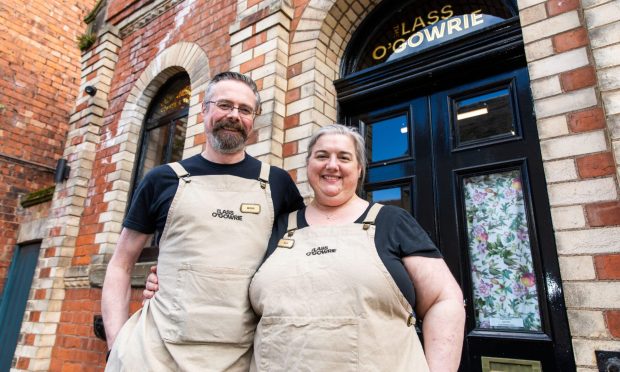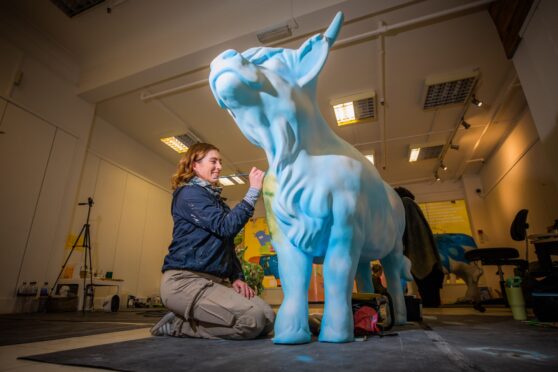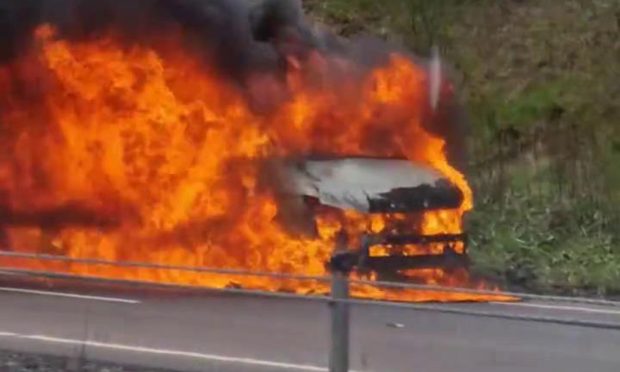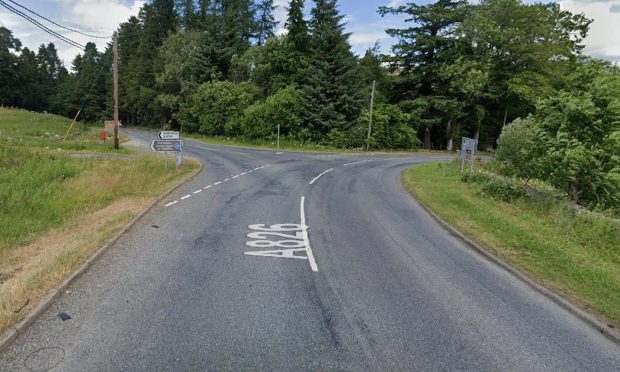Huddling in the trenches of Northern France during the First World War, Britain’s soldiers endured almost unimaginable hardship.
Regularly shelled and under fire from German lines, soldiers lived with the ever-present threat of “going over the top” or repelling attack.
They served — often for frighteningly short times — amidst a deafening cacophony of explosions and gunfire and the threat of chlorine or mustard gas.
Rations and medical treatment were often scarce and conditions hugely unpleasant, with the discomfort of flies, fleas and vermin matched by that of thick mud.
An insight into that trench warfare will be offered at the Black Watch Museum, where a new permanent exhibit is being created in the Balhousie Castle Grounds.
The replica First World War trench under construction — the first such in Scotland — will be blessedly free of most of the real-life hardships that Scotland’s soldiers faced during the conflict.
Nonetheless, the museum’s marketing executive Leanor Blackhall and learning and audience officer Shonagh Lowerson-Head believe it will help visitors visualise what the army endured.
The structure of the trench is being constructed over five days on the site where little more than a month ago the poppies flowered from a window.
It will stand around three metres above the ground and includes an observation post, dug-out shelter and firing step and is being formed from timber and wire frames.
They will then be clad in membrane to block out the light and then hessian, which will weather over time, finally being surmounted with sandbags.
First to receive a guided tour of the atmospheric attraction will be school pupils, before it opens fully to the public later this year.
Keanor said: “Through the four years of the First World War commemorations we have been doing all manner of different things to mark the sacrifice of so many soldiers.
“More than 9,000 men of The Black Watch died during the conflict.
“Our memorial wall and its growing number of crosses is a poignant reminder and of course we welcomed the poppies display.
“The trench is another way — a very physical one — in which we can help people understand what the soldiers went through and the impact their service and sacrifice has had on future generations.”
The trench will link to the displays within the First World War Gallery, where the sound of gunfire and conflict echoes through the rooms.
Amidst the display is one of the earliest gas masks distributed to Scots soldiers — akin to something from a horror film — and a detailed trench map belonging to 2nd Lieutenant WD Montgomerie of the 8th Battalion The Black Watch.
He was wounded in the Battalion’s attack on Delville Wood during the battle of the Somme in July, 1916.
Shonagh will be responsible for creating learning experiences around the trench and bringing to life the service of soldiers such as the 2nd Lieutenant for visitors, beginning with school pupils.
She said: “I have a lot of ideas for schools and the wider public.
“In the warmer months I would really like to get a group of re-enactors to help us really bring the trench to life.
“There was obviously real hardship but for the soldiers it was not all about the moments of conflict and gunfire.
“I remember one fantastic quote from a veteran that always summed up trench warfare for me.
“He said that 97% of the time spent in a trench you were bored stiff, 2% frozen stiff and 1% scared stiff.
“It should be thought of like siege warfare. It was a war of attrition and about holding the opposition until someone had to give.”
